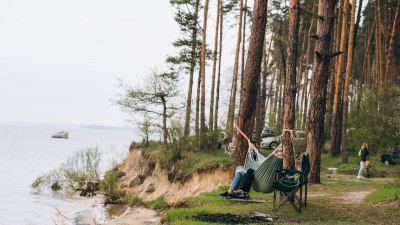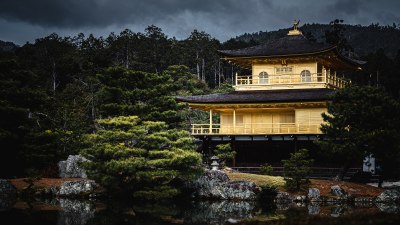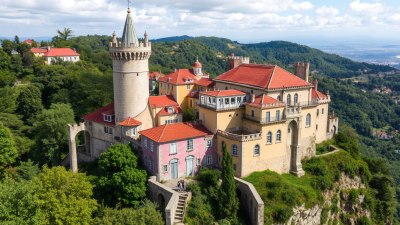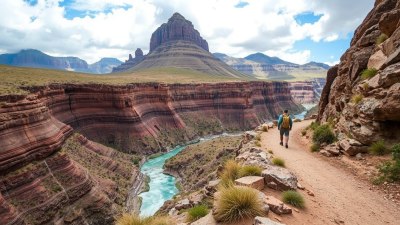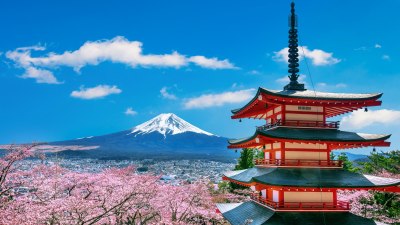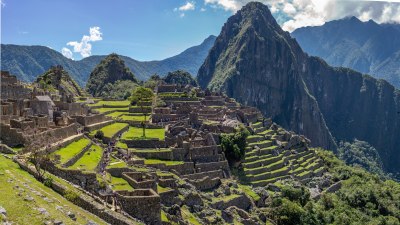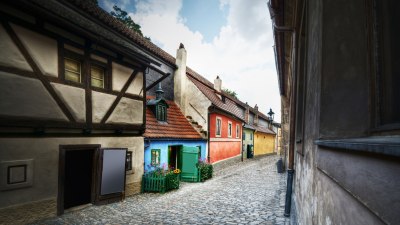Listening to Lava Flow in the Craters of Hawaii
Discover the soothing sounds of lava flows and their unique presence in Hawaii's craters.

Image created with Flux Schnell
The islands of Hawaii, known for their breathtaking landscapes and vibrant ecosystems, boast a mesmerizing natural phenomenon: lava flows. The spectacle of molten rock cascading from volcanic craters fills the environment with a unique soundscape that captivates both locals and tourists alike. This article delves into the auditory experience of listening to lava flows, exploring how these sounds pulse through the earth beneath our feet, forging a connection with nature.
Hawaii's volcanic origins have bestowed upon it not just stunning vistas but also a rich tapestry of sounds. When observing lava flows, one might initially focus on the visual spectacle—the glowing orange of molten rock, the glowing fountains, and the intricate formations of hardened lava. However, what many overlook is the acoustic experience that accompanies this natural wonder. The sounds of lava flows can be as striking as their appearance, offering a calming and mystical ambiance that reflects the continuous change and movement of the earth.
The Symphony of Lava
The primary sounds associated with lava flows stem from two main processes: the movement of molten lava and the gas emissions that occur during eruptions. As lava travels across the landscape, it generates subtle yet powerful sounds. The flowing lava has a tendency to create a soothing 'hissing' or 'crackling' noise as gas bubbles escape from the molten rock and the lava cools upon contact with the air. These sounds combine to create a symphony of natural music, resonating with the heartbeat of the island itself.
Close your eyes for a moment and envision standing on the edge of a volcanic crater. Imagine the warmth radiating from the flow beneath you and the gentle hum of the earth around. What you hear is a mix of sounds: the bubbling of lava, the occasional roar during eruptions, and the soft groans of the earth shifting. Many describe the experience as a soundscape akin to that of a distant, rolling thunder, complemented by the subtle whispers of the wind through the trees.
Cultural Significance of Lava Sounds
For the native Hawaiian culture, volcanoes and their sounds bear significant spiritual meanings. The sound of flowing lava is often interpreted as a voice of the goddess Pele, who is revered as the creator of the Hawaiian Islands and embodying fire and volcanoes. Many locals believe that the sounds are messages—whispers from Pele herself. This deep connection showcases not just the importance of these sounds in a natural context, but also their cultural significance, weaving together spirituality and nature.
Moreover, the modern interpretations of these sounds have evolved, with many artists and musicians drawing inspiration from the natural audio environment. It is not uncommon to find local musicians incorporating the sounds of lava flows and volcanic eruptions into their music, creating a unique blend of traditional Hawaiian music with natural soundscapes. This artistic expression serves to bridge the gap between ancient traditions and contemporary sounds, honoring the beauty of the islands while also pushing the boundaries of modern creativity.
Environmental Impact on Sound Production
Understanding the impact of changing environmental conditions on the sounds of lava flows adds another layer to this auditory experience. Various factors, such as wind speed, humidity levels, and even the distance from the flow, can greatly influence how the sounds are perceived. For instance, on windy days, the noise may sound more pronounced as gusts carry the hissing and bubbling further through the air. Conversely, on tranquil nights, the sounds become softer, almost intimate, allowing one to feel an enhanced connection with the landscape.
Seismic activity can also play a role in altering sound production. Earthquakes or minor tremors associated with volcanic activity may cause changes in the flow patterns of lava, resulting in varying sound qualities. These nuances offer a constantly evolving auditory landscape, showcasing the dynamic nature of the volcanoes.
Experiencing Lava Flows
Those wishing to immerse themselves in the sounds of lava flows should consider visiting Hawaii Volcanoes National Park. The park is home to Kilauea, one of the most active volcanoes in the world. Hiking trails and viewing areas provide exceptional vantage points to witness both the visual spectacle and the accompanying sounds of flowing lava. Visitors can experience the soothing rhythms of nature firsthand, with evenings often providing the best opportunities to hear the crackles and murmurs of lava as the setting sun bathes the landscape in hues of orange and red.
Participating in guided tours can also enhance the experience, as knowledgeable guides share insights into the geological processes at work, as well as the cultural stories that intertwine with the landscapes. Some tours may even incorporate sound meditation practices, allowing participants to connect with the audio environment of the flowing lava while fostering mindfulness and reflection.
Scientific Perspectives
From a scientific standpoint, the interplay between lava flows and sound has garnered interest among researchers studying volcano acoustics. Their work emphasizes the importance of sound in understanding volcanic activity. By analyzing the sounds generated during eruptions and lava movement, scientists can glean vital information about the behavior of molten rock beneath the surface.
Various methods for monitoring and studying these sounds involve using specialized microphones and acoustic sensors placed strategically around volcanoes. This data helps predict eruptions and understand the dynamics of lava flows, serving as an early warning system to protect the lives and livelihoods of those living in proximity to these majestic geological features.
Listening to the sounds of lava flows in the craters of Hawaii encapsulates the essence of nature's beauty and power. The delicate balance of sound, culture, and science creates an enriching experience for anyone fortunate enough to witness this phenomenon. The comforting hissing and crackling give us a glimpse into the earth's dynamic processes, connecting us more profoundly to the planet we inhabit.
In a world that often feels disconnected from nature, the simple act of listening to the sounds of lava flows offers a moment of tranquility and reflection, inviting us to pause and appreciate the world around us. Whether you're a local resident or a curious traveler, take the time to experience the mesmerizing audio landscape of Hawaii's volcanoes, and allow the whispers of the land to reach your spirit.
